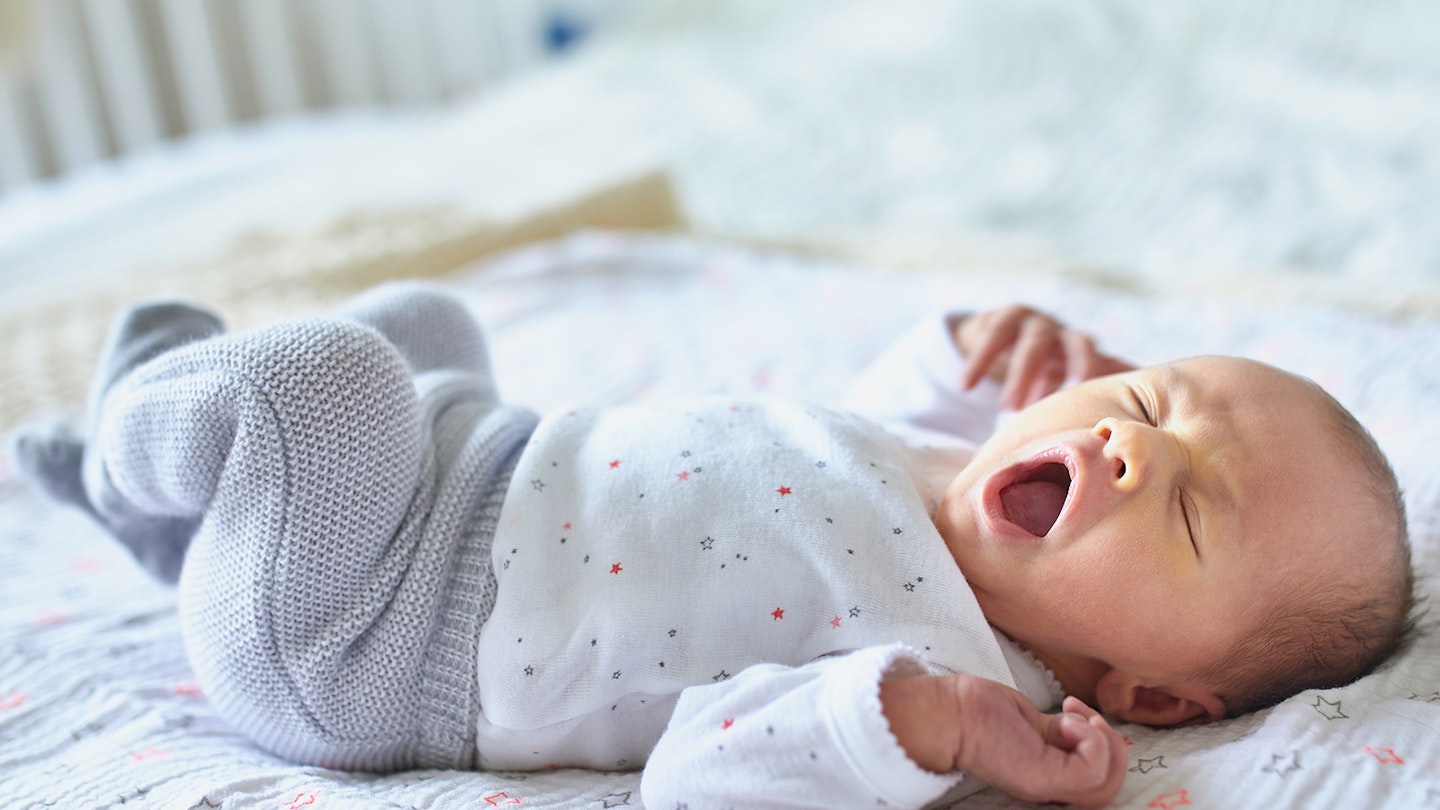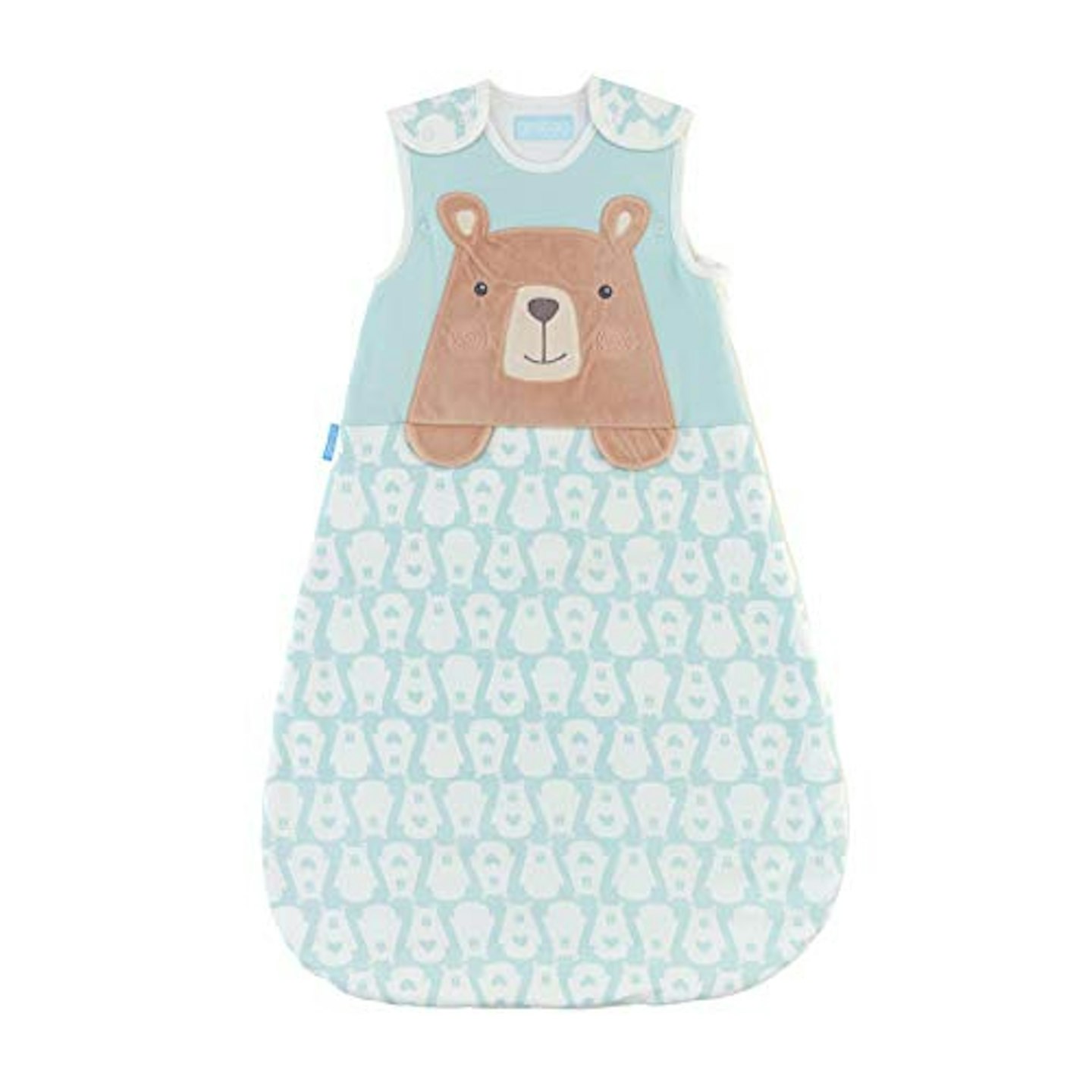There is a lot to love about the winter – snuggles on the sofa, welly walks and watching snowflakes fall – but top of the list has got to be that babies often sleep better.
Cooler conditions help to prime your baby’s body for sleep – his core body temperature naturally dips slightly in the evening, which helps to make him feel sleepy. In the summer, that natural cooling can be interrupted by the warmth of the sun, but in the winter the external temperatures – and the dark evenings – support his biological urge to snooze.
There can be challenges though, including keeping him warm enough throughout the night, so here’s everything you need to know to keep your baby sleeping soundly and safely all winter long…
How to keep your baby warm and safe during the winter nights:
1) Monitor their temperature
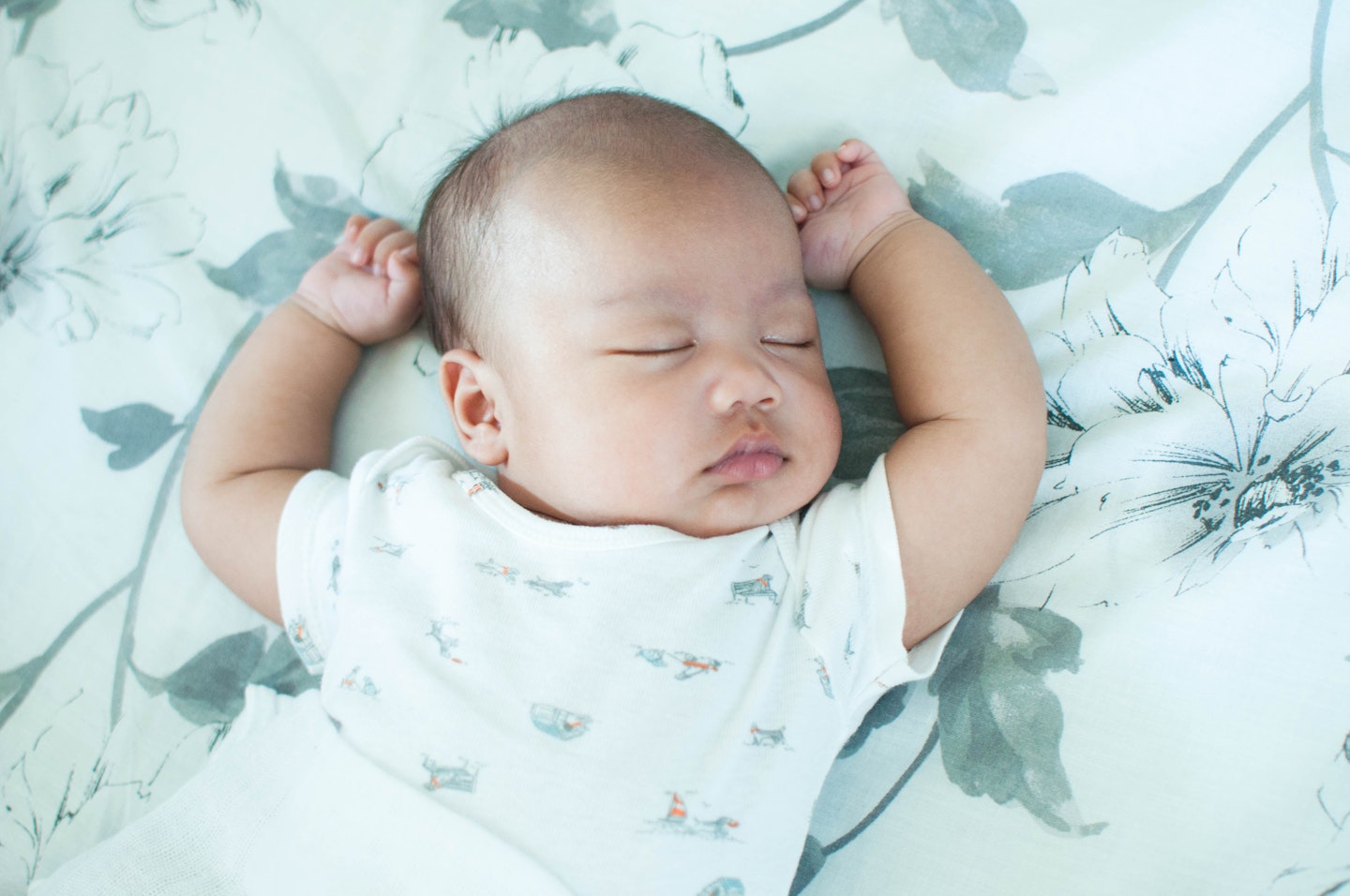
Babies can’t regulate their own temperature in the way that older children and adults can.
For starters, babies can’t shiver to warm themselves up. They don’t learn how to do that until they’re around six months old. And small babies don’t have the body fat that would help them to stay warm – or to help them warm up again after getting cold. All this means they need you to help them stay at the right temperature.
‘Babies are equally reliant on you to stop them from getting too hot and too cold,’ says Jenny Ward, CEO of The Lullaby Trust. ‘If a baby gets too hot, he doesn’t have the muscle power to move out from under his blankets or to change his position. You need to check your baby to make sure that he’s a comfortable temperature when he goes to bed. Put him down in his cot and slip your hand under his bedclothes to touch the skin of his chest. If he feels cold try adding one more layer – a vest under his sleepsuit, or one light blanket.’
What you want is for your baby to feel pleasantly warm. ‘The clearest sign that your baby is too warm is his skin feeling clammy,’ says Jenny. ‘Other signs would be a baby who is sweaty or flushed or has damp hair. If he’s too hot, take one – or more – layers away.’
This is because if he’s a newborn, he won’t be able to sweat to cool himself down – babies have sweat glands all over their bodies, but these take a few weeks to become fully functional.
2) Get the room ready
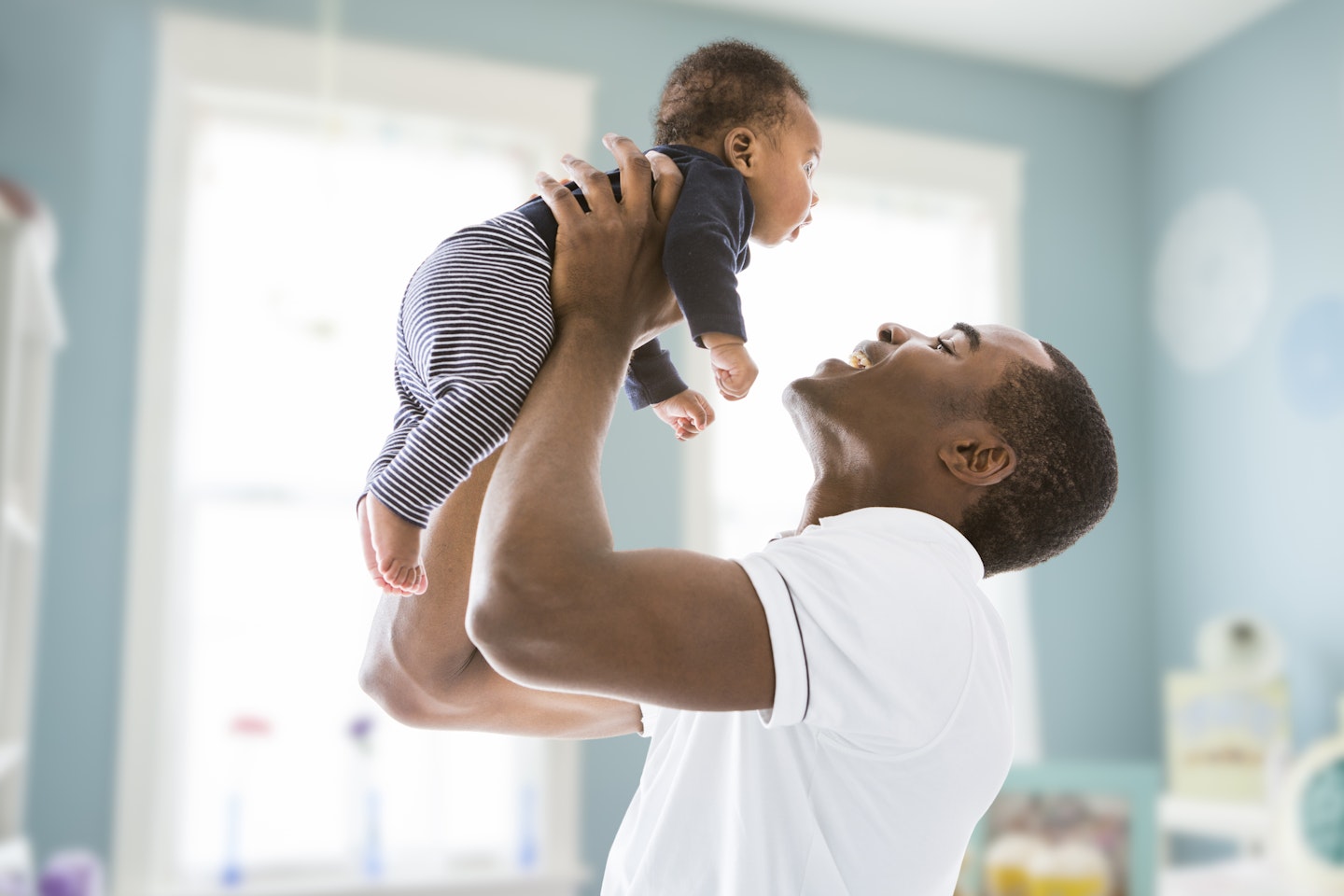
The advice given by the NHS is that babies aged under four weeks should sleep in rooms with a temperature of around 18°c.
For youngsters over the age of four weeks, the room temperature should be between 16-19°C.
‘The advice is that all babies should sleep in the same room as you when they’re under six months old,’ says Jenny. ‘When you’re physically present with them, you’ll be aware of whether the temperature is comfortable for sleep. Once your baby goes into his own room, many parents find it reassuring to have a good room thermometer.’
The temperature outside your home will change during the night, but inside, the temperature tends to be far more stable. That means that if your baby is happy with the temperature when he goes to bed, he’s likely to remain that way throughout the night.
‘Indoor temperatures are usually stable enough to mean that you don’t need to keep the central heating on all night,’ says Jenny. ‘But if you do want to keep it on, set it at the low end of the correct temperature range for your baby – otherwise, you could make your home too hot.’
Make sure your baby’s cot isn’t right next to a radiator – it’s hot and he might reach his hand through the bars and burn himself. ‘And make sure the cot isn’t positioned in a spot where it will be in direct sunlight during the day,’ says Jenny. ‘Even winter sunshine can be hot enough to make youngsters overheat.’
3) Clear the cot
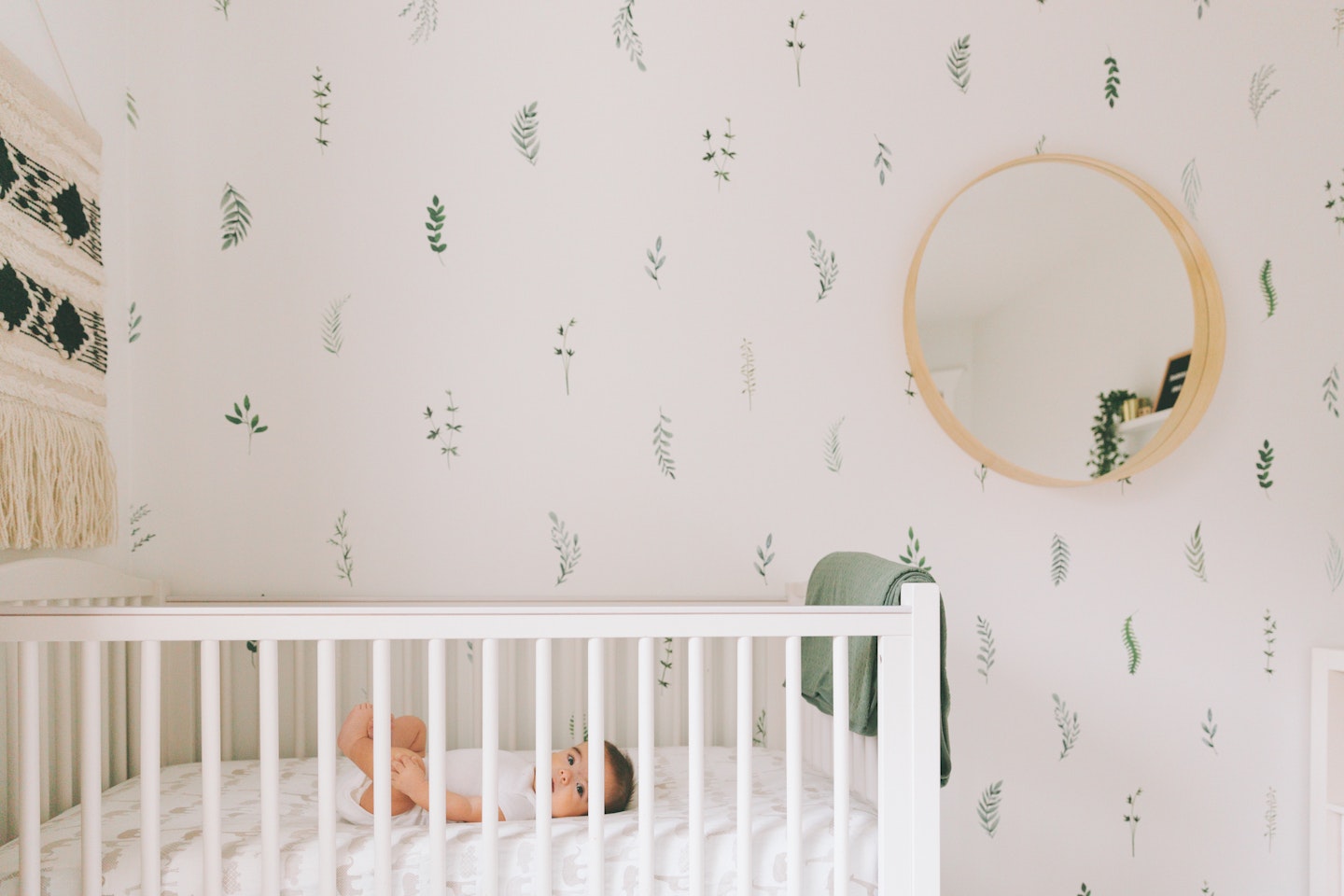
It’s also important to know that you don’t need to put anything into his cot to make it warmer in the winter.
‘The safety rule for cots is to keep them clear,’ says Jenny. ‘The safest mattress is one that’s firm, flat and waterproof. You need a flat sheet, firmly tucked in, under your baby. Natural fabrics, like cotton or bamboo, are soft and breathable, so they help to regulate your baby’s temperature. The only other thing in the cot should be your baby in appropriate sleepwear and bedding – a sleep bag or properly-tucked-in blanket(s). So, no toys and no loose bedding.’
Babies under 12 months shouldn’t have a pillow or a duvet. A duvet is too heavy and hot for youngsters and pillows are also an overheating risk. That’s because a pillow is soft, so your baby’s head sinks down into it, creating a little pocket of warm air around his head. He’s too small to move out of that position – so he could get dangerously hot.
‘There are also concerns with adding anything that isn’t totally flat into your baby’s cot,’ says Jenny. ‘So, we advise against additional items like pods or cot bumpers. And never have a hot water bottle in bed with your baby. It could easily make him too hot. Keep the cot clear!’
4) Think sleepwear
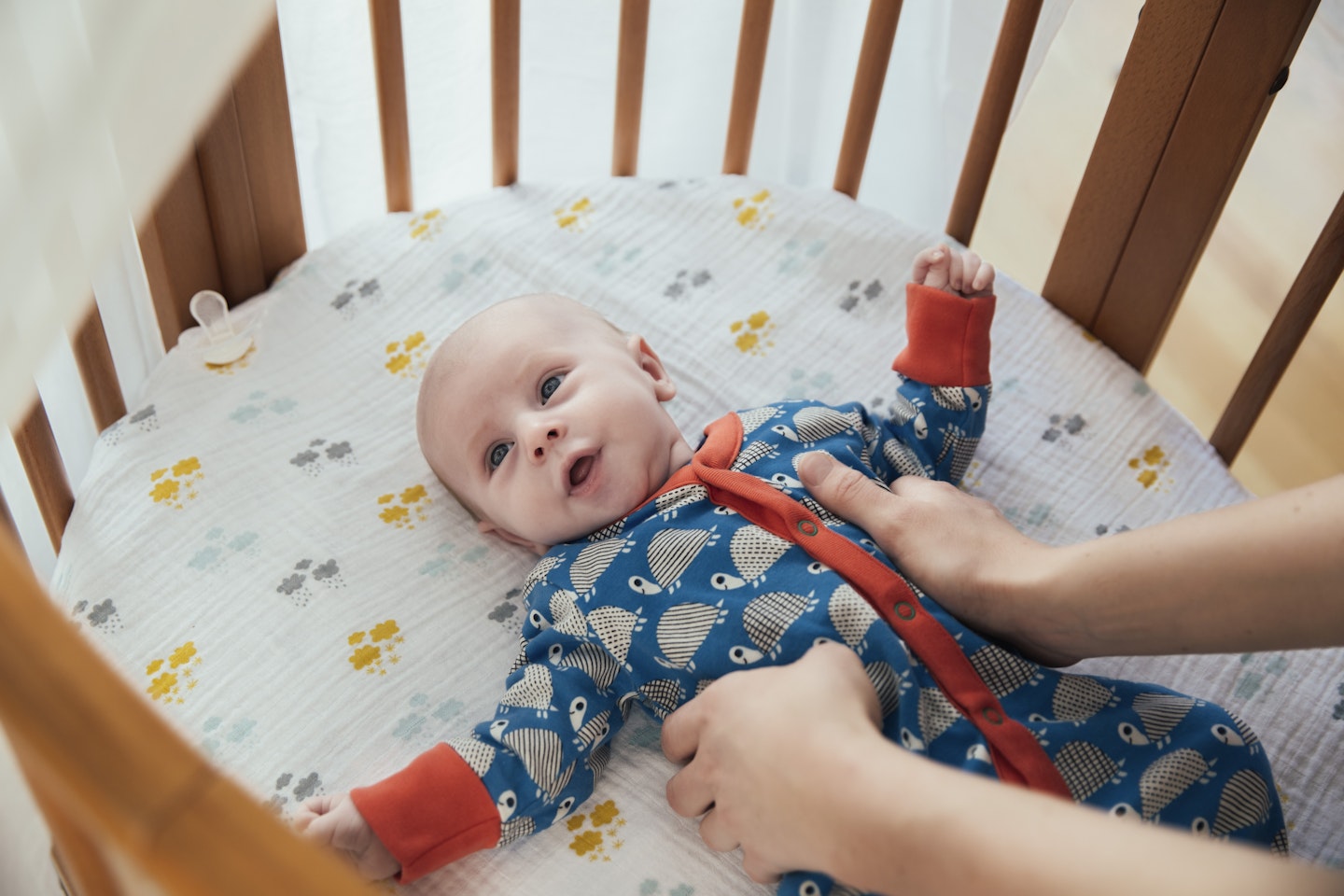
At the Lullaby Trust, we don’t give parents rigid guidelines about what their youngster should be wearing at night and what sleep bag or blankets they should have,’ says Jenny. ‘That’s because every baby is different and so is every home. Some homes are well-insulated. Some aren’t. Some are south-facing and trap heat, even in the winter. Others are north-facing and cooler. So, what your baby needs will be based on your home and your baby.’
The same is true of blankets: some blankets are warmer than others! ‘If you’re using blankets rather than baby sleep bags, remember that if you double the blanket over, it’s double the thickness and will be twice as hot,’ says Jenny. To be safe, Jenny recommends:
Make sure any blankets are tucked in firmly.
Blankets shouldn’t come up higher than the shoulders.
Put your baby to sleep with his feet against the foot of the cot. This helps to stop him kicking loose bedding over his head.
Some sleepwear manufacturers do give recommendations about what to wear at night. These are based on their products. So, for example, if you buy a GroBag Baby Sleep Bag, their guidelines suggest that if the room temperature is 18-20°C, your baby should be wearing a long-sleeved bodysuit under a 2.5 tog Gro Sleep Bag.
‘But even if you use these guidelines as a rough rule of thumb, the most important thing is to check your baby to make sure that he’s a comfortable temperature when he goes to bed,’ says Jenny.
M&B recommends:

www.johnlewis.com
Description
This colour-changing night light makes it super easy to ensure your little one is resting at the correct temperature.
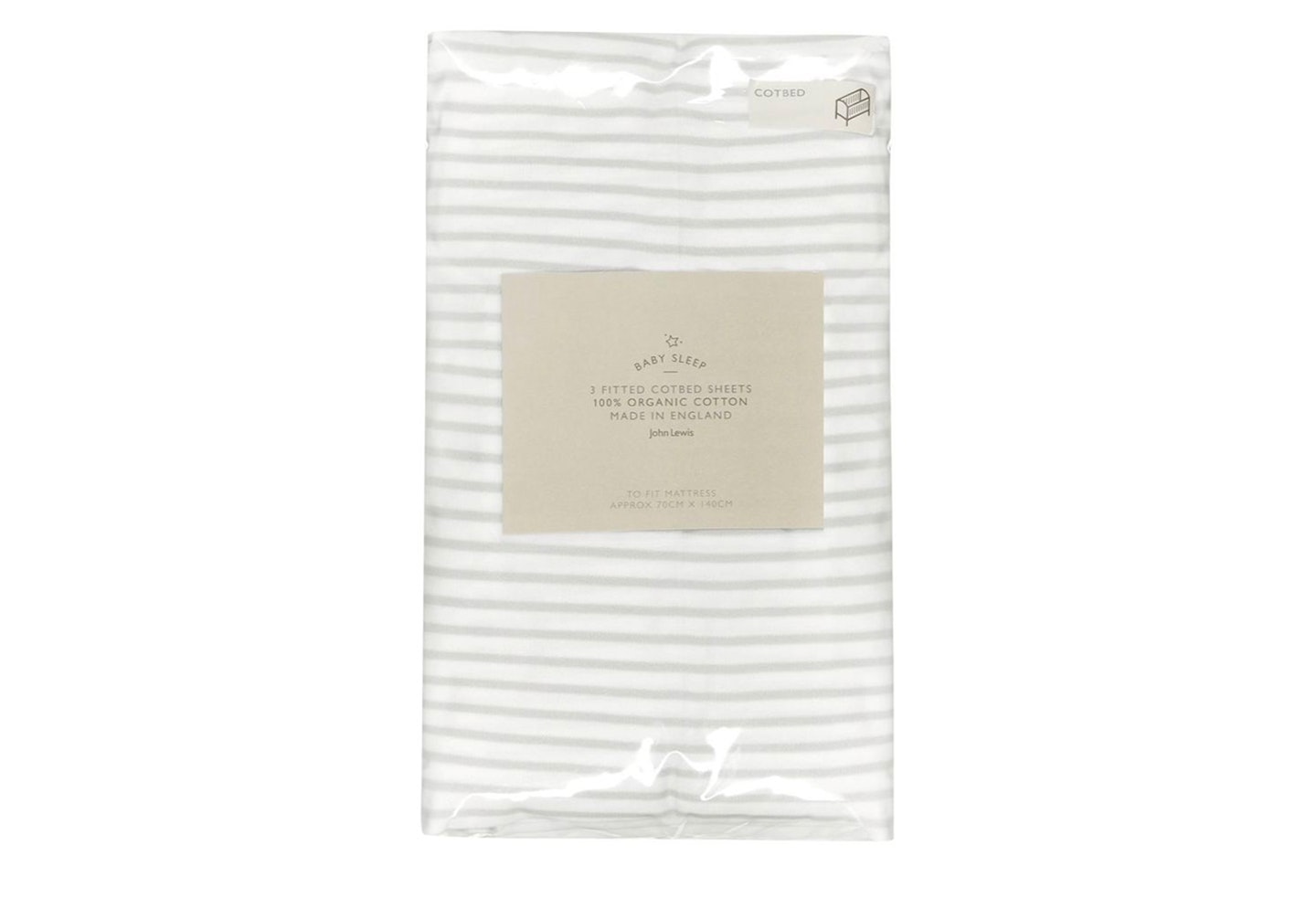
www.johnlewis.com
Description
These 100% organic cotton sheets are perfect for a good night's rest.
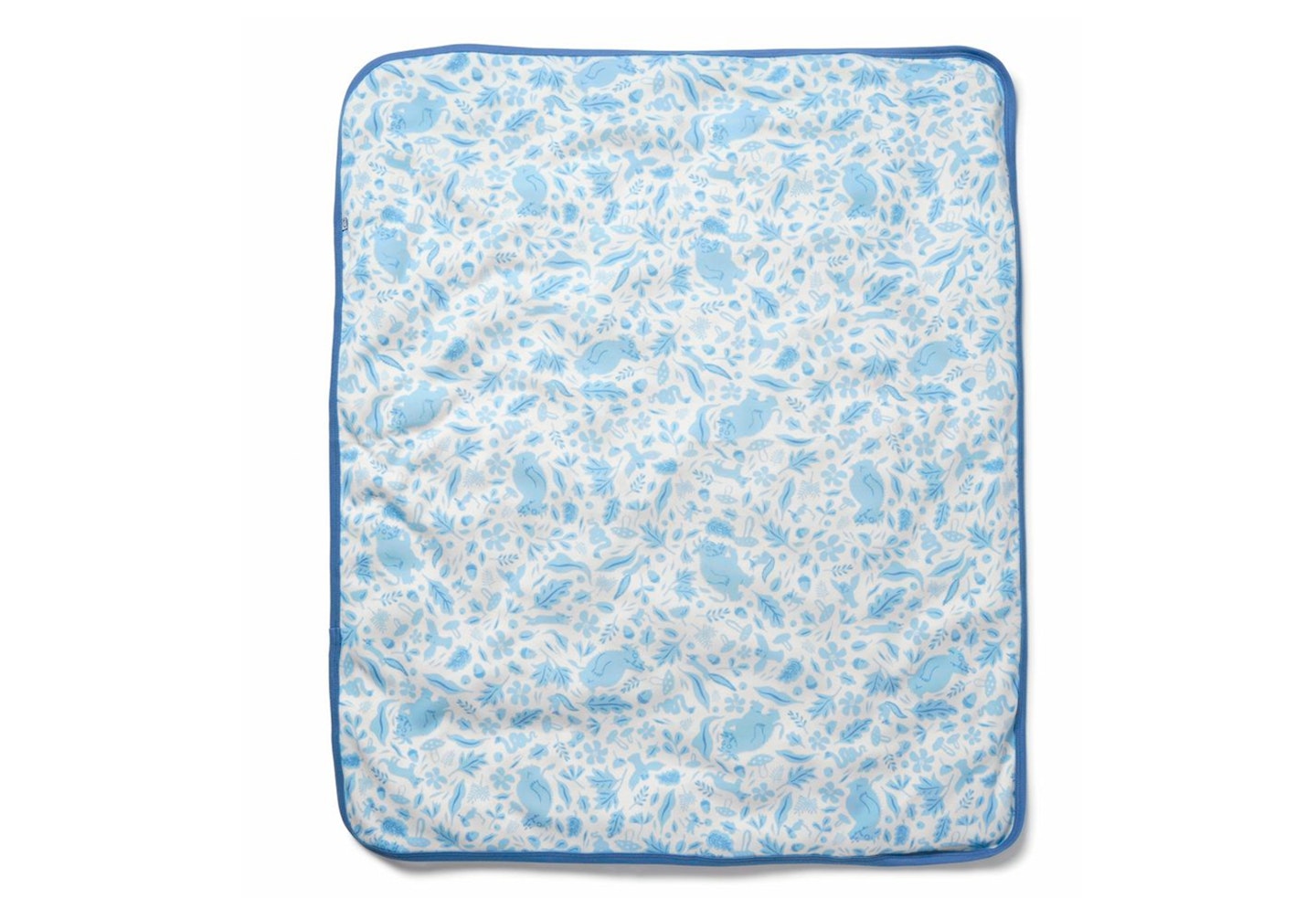
babymori.com
Description
Perfect for snuggling, cuddling and swaddling!
4.
The Gro Company Bennie The Bear Grobag Baby Sleeping Bag
Recommended
Description
No more kicking off covers! With plenty of wiggle room, the grobag will keep your baby comfortable through the night.
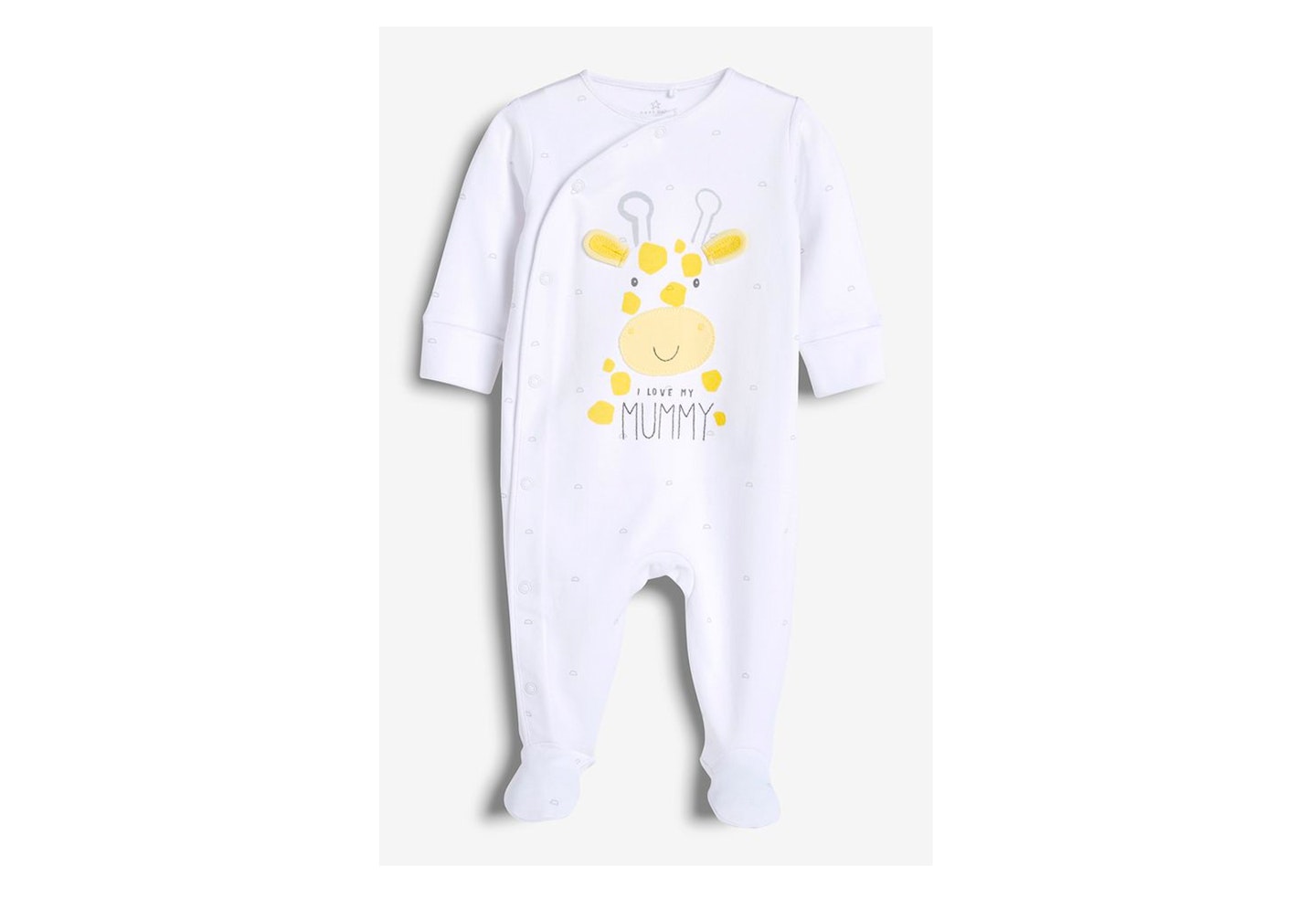
www.next.co.uk
Description
The gorgeous slogan aside, this sleepsuit is made from pure cotton which is extra comfortable for babies and keeps it's softness after washing.
Meet the expert: Jenny Ward is CEO of The Lullaby Trust, which raises awareness of sudden infant death syndrome (SIDS) and provides expert advice on safer sleep for babies; lullabytrust.org.uk,and a mum of two.
Now read:
An age by age guide to understanding your baby's sleep cycle
